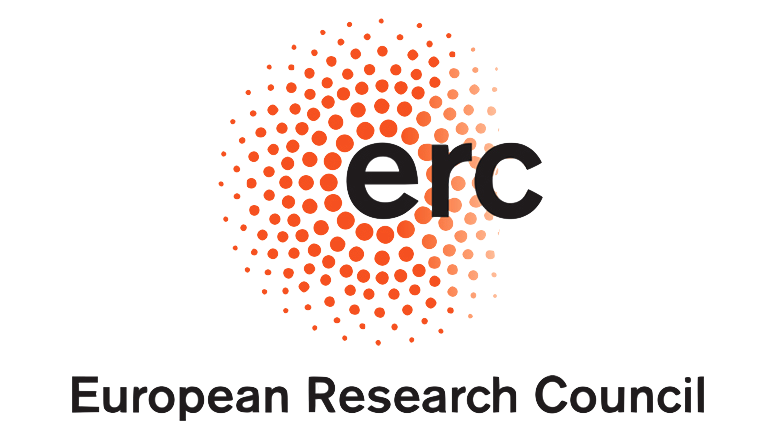
Project Description
The main goal of this project is to develop theoretical tools and design efficient computational methods for analyzing, quantifying and exploring relations and variability in structured data sets such as geometric shapes, graphs or 3D point clouds.
Our ultimate goal is to design a unified framework in which variability can be processed in a way that would be largely agnostic to the underlying data modality. Key to our study is the exploration of relations between objects using the functional maps framework, which was originally introduced for solving shape correspondence problems, and has since then expanded to many other areas of geometric data analysis. Thus, we aim to develop a theoretical and computational framework for analyzing and comparing geometric objects by considering them as functional spaces that be easily manipulated and analyzed, exploiting their rich algebraic structure. Such an approach can provide a completely novel unified framework for representing and processing different types of data.
For this, we bring together and develop tools from areas as diverse as functional analysis, numerical linear algebra, spectral geometry, computer graphics and geometry processing to name a few. We also work with researchers in other areas (paleontology, comparative anatomy and computational bio-informatics, etc.) who are interested in analyzing structure and variability in their own datasets.
The project is generously funded through the European Commission's ERC program. Please see also the project page on the official European Commission website.
Project duration:
January 2018 - December 2023Project Participants
- Maks Ovsjanikov (Project PI)
- Ruqi Huang (Postdoctoral Researcher), 2018 - 2019
- Mikhail Panine (Postdoctoral Researcher), 2018 - 2019
- Abhishek Sharma (PhD student), 2019 - 2022
- Robin Magnet (PhD student), 2021 - 2023
- Ramana S Sundararaman (PhD student), 2021 - 2023
- Roman Klokov (Postdoctoral Researcher), 2021 - 2023
- Maysam Behmanesh (Postdoctoral Researcher), 2021 - 2023
- Gautam Pai (Postdoctoral Researcher), 2021 - 2022
Open Positions
Please refer to the Open Positions for any postings of openings within this project. We are always looking for highly qualified individuals, regardless of their nationality, interested in doing a PhD or in being a Postdoctoral Researcher.
Project Highlights
During the first 36 months, the project has led to 33 publications in top venues including SIGGRAPH, NeurIPS, CVPR, and ICCV among others. Please see also the news page on the PI's website for detailed news updates.
Project publications and Code
Please see the Publications page of the PI. The preprints of all of the publications associated with this project are freely available on that page.
We also provide research code for many of the publications developed within this project.